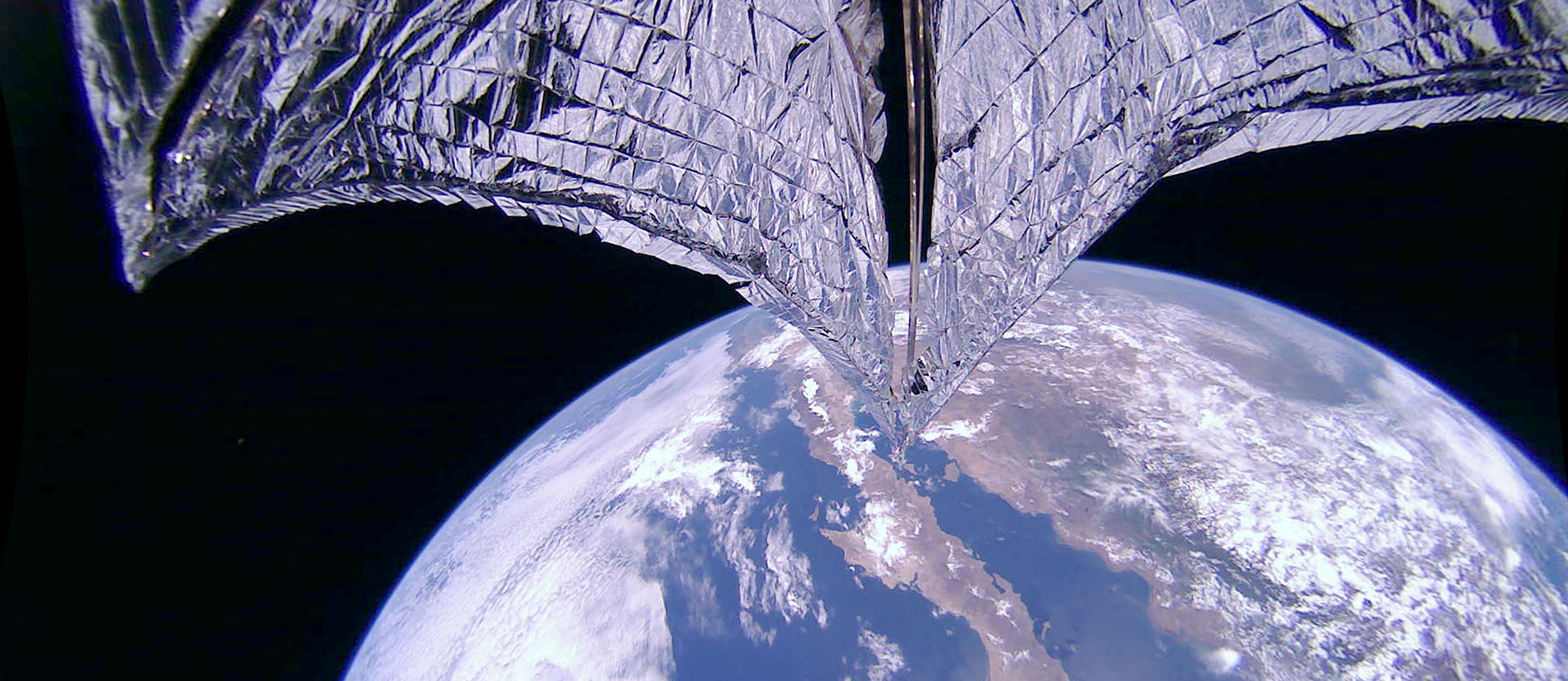Orbiting the Earth on a Sunbeam

Is it conceivable that spacecraft built on Earth might someday be capable of reaching destinations that are lightyears away from our home planet? What kind of propulsion system would be needed to make such a journey? Light energy is one possible option. Unlike fossil fuels, light is abundantly available in space. Indeed, scientists around the world are already engaged in designing satellites equipped with sails that would take advantage of the radiation pressure of light. For light quanta have momentum, and therefore exert pressure. In principle, this approach could make the dream of reaching the nearest star a realizable possibility.
An attempt to demonstrate the basic practicality of this idea is already underway. On June 25, 2019 a minisatellite dubbed ‘Lightsail 2’ lifted off from NASA’s Kennedy Space Center in Florida on board a SpaceX Falcon Heavy rocket. About a month later, Lightsail 2 deployed its sail and, powered solely by the pressure of the Sun’s rays, it is now orbiting the Earth at an altitude of 720 km. The project, financed by crowd funding, is the brainchild of the Planetary Society, a non-profit organization based in Pasadena, California.
Lightsail 2 is based on a 5-kg CubeSat with dimensions of 10 cm × 10 cm × 30 cm. When completely unfurled, its flimsy sunsail covers an area of just under 32 m2. The sail consists of a reflector screen which is supported by four telescopic struts made of a cobalt alloy, and it was deployed with the aid of a small motor, which extracted it from its stowed, prelaunch position. In the next phase of the mission, Lightsail’s controllers plan to vary the sail’s heading, so that the satellite is alternatively propelled towards and away from the Sun in the course of each orbit, so that radiation pressure is sufficient to alter its trajectory. The plan is to slowly raise the satellite’s altitude over the coming weeks. The major axis of its elliptical path will be continuously extended over the course of about a month, as the minor axis contracts. The mission is not intended to leave Earth orbit. If all goes well, the satellite will remain in low Earth orbit for a year before re-entering Earth’s atmosphere, where it will burn up.
Lightsail 2 is one of several initiatives that are exploring the potential of lightsails as propulsion systems in outer space. The Breakthrough Starshot project plans to use laser energy to send a minisatellite to the Sun’s nearest stellar neighbour, Alpha Centauri, see Sailing to the Stars













